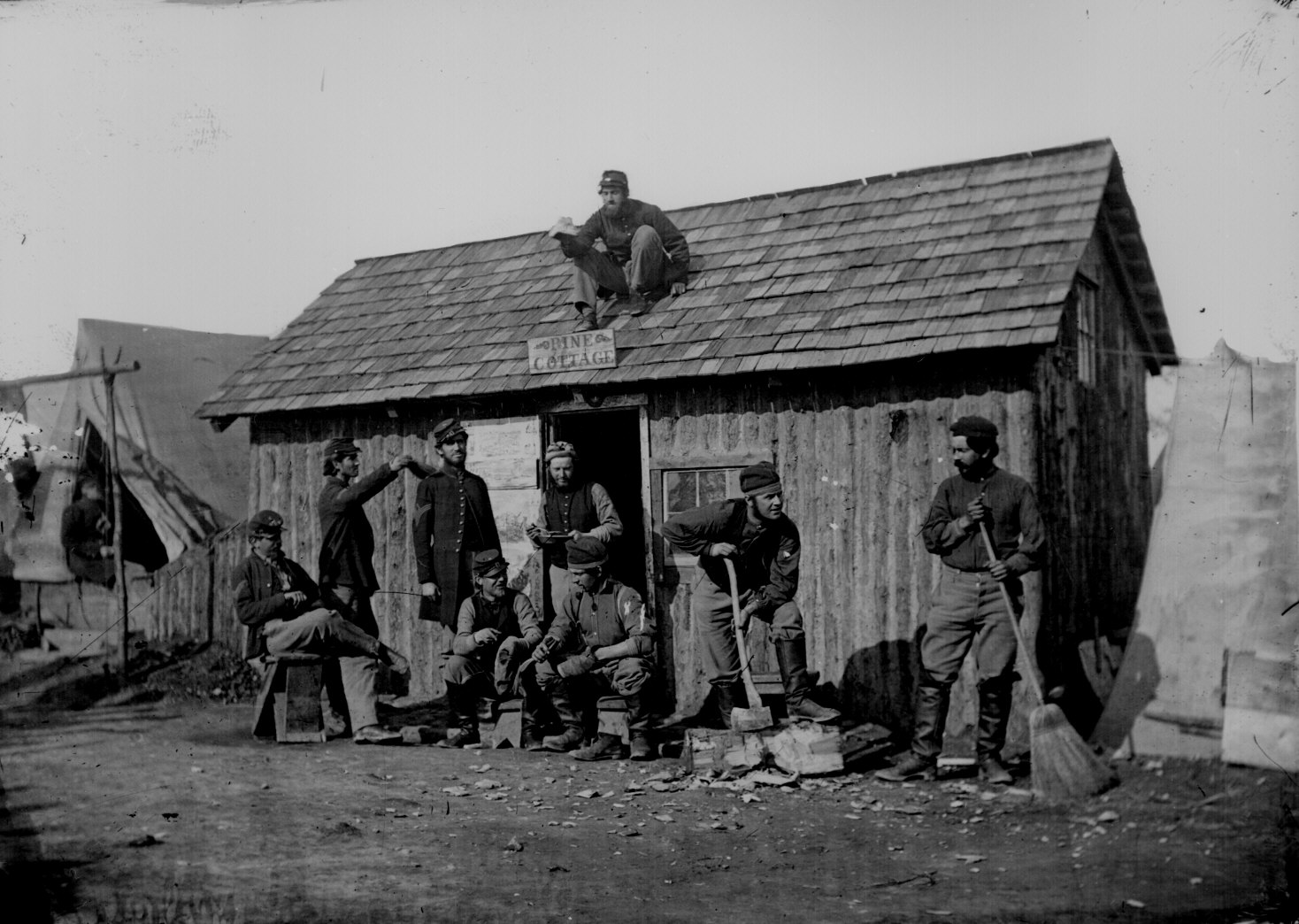Advancements in Technology
It is crazy to think that at one point in time, the news wasn't at your fingertips. Before the invention of the telegraph and railroads, a lot of the press released information that had happened a week before or so. But with these inventions, the news was circulating much faster than before."In an Atlantic Monthly essay titled "Bread and the Newspaper," published in September 1861, Oliver Wendell Holmes Sr. dubs the Civil War communications network "our national nervous system."1 Dr. Holmes speculates that the "iron nerve pathways" of the newspaper and telegraph and the "iron muscles" of the railroad, animated by the force of war, have created a superhuman national body" (Richards).
Without experiencing the war firsthand, the nation was only able to learn about what was happening on the battlefield through the press. It became vital for readers to remain informed. With the inventions of the railroad and the telegraph and the fact that journalists were often eyewitnesses to what they wrote about, the press transformed into a new, faster, and reliable version of its previous self. Bulla and Borchard claim that "news moved from being an editor's personal political interpretation of events to being a matter of fact."
Journalists still had faults though and even published false stories. Risley writes that many "Reporters [were] less concerned with the facts and more interested in rushing stories into print wrote damaging stories that hurt their side.
North and South Newspapers
Both sides held similar standards when it came to publishing information about the war. With the help of the Associated Press, the North wished for their newspapers to remain unbiased and accurate. The South had the help of the Press Association of the Confederate States of America. The PA encouraged their writers to be free of opinion and rumors (Risley).
A large problem during the Civil War were newspapers leaking information about battle plans. This happened on both sides, but more on the northern side. The South made a point to only include information that the North already knew about. The North had lots of information always being printed in their papers, while the South had less activity and stricter control of information that was allowed (Randall).
 |
| From the National Archives, this photo is Winter quarters; soldiers in front of their wooden hut, "Pine Cottage." |
The North also included lots of images and illustrations of the war that the South did not. Due to less manpower and less activity in newspapers, the South lacked images that the North had. Readers wished to see what the war looked like since most readers weren't on the front lines (Risley).
According to the article "The Confederate Press and Public Morale" written by J. Cutler Andrews, at the start of the war, journalists were extremely optimistic and supported the Confederacy. But as time passed and the South began losing, a lot of journalists would sugarcoat the losses the South was taking. Andrews explains that the newspapers were to put on "a good face on the deteriorating military situation."
Without the birth of the telegram and railroads, the press surrounding the Civil War could have turned out a lot different. Even though the North and South had different approaches when it came to journalism, it is clear that the press offered a bird's eye view of the war that the public ate up.
No comments:
Post a Comment